Teaching Belly Dance: Making Corrections
6/14/2016
Updated 12/13/16
First lets start with a little truth: a correction is only worth mentioning, if the improvement can be made. When faced with a total beginner, who has been asked to perform a figure 8, the teacher will see dozens of problems:
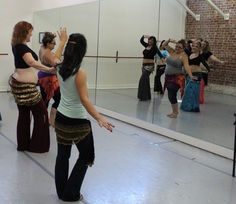 This list could go on and on, but if the teacher points each of these issues out to the beginner student, he or she will become overwhelmed and unable to make any improvements. Instead the teacher must take her time and improve the dancers movements one step at a time. Where to start ? Firstly, make sure you have talked to each student about their existing fitness and injuries. If they have a problem with any part of their body, be sure to encourage safe posture in that area first. Cover posture at the start of every lesson, and focus your initial corrections on postural problems. If their whole posture is off, and they don't complain of a particular issue, I tend to start with hips, back and shoulders. Make it your mission in life to observe posture. Watch people walk, stand, sit and dance. Look for clues to pain, such as favoring one leg, or a dip of the shoulders. Understand how our muscles and skeleton work together to make belly dance movements. When observing your students, first look at them from a distance, watch their whole body movements. Then walk closer to them, so you can see the mechanics in action and observe the root of problems. I like to offer up personal corrections only when I am standing close enough that the other students can not hear. Usually I will set up an exercise and then walk the room, observing and critiquing each dancer in turn. One correction per exercise is usually enough, unless their posture is particularly bad. I use the "critique sandwich" technique: that is I place my correction between two positive statements, such as: "I see you have been practicing! Watch that you don't roll onto the outside of your right foot, keep your weight centered and strong. Your arms are looking much better this week." This kind of correction is easy for the dancer to focus on and usually the correction can be made within a few moments. If you feel that your whole group has a problem, or that an issue needs to be addressed, wait until after the exercise and aim your critique at the whole group, like this: "I noticed that lots of you were having trouble with the weight shift. Make sure that you are passing your weight through your center, and only pushing out as far as you are comfortable. If you feel like your weight is on the outer edge of your foot, or if you start to feel pressure in your ankles, shrink your hip move, so that it is putting less strain on your lower body."
While you shouldn't under estimate your students, it is also worth remembering that some of them will be unable to perform some moves that you can do. Give your students achievable goals and cheer them on to the finish line. Most belly dance students come to class for fun, and while corrections are not a whole lot of fun, improving is the best feeling in the world. Make sure every correction is a step forward that they can take towards being a better dancer. Gradual, achievable corrections, given regularly and mixed in with praise, will help your students improve their dance skills and make your job as a belly dance teacher so much easie
If you like this blog, go back to the blog page, for others you might like including: Or check out these Hub Blogs including: "Your First Belly Dance Workshop" The Top Ten Belly Dance Tunes for Performance" "Finding a Great Belly Dance Teacher"
0 Comments
|
AuthorCategories
All
Archives
March 2023
RSS feed works with feedly.com or theoldreader.com
|
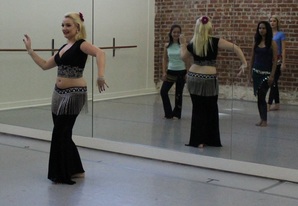
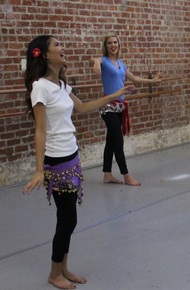
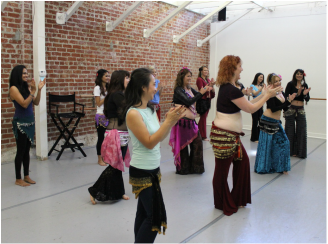

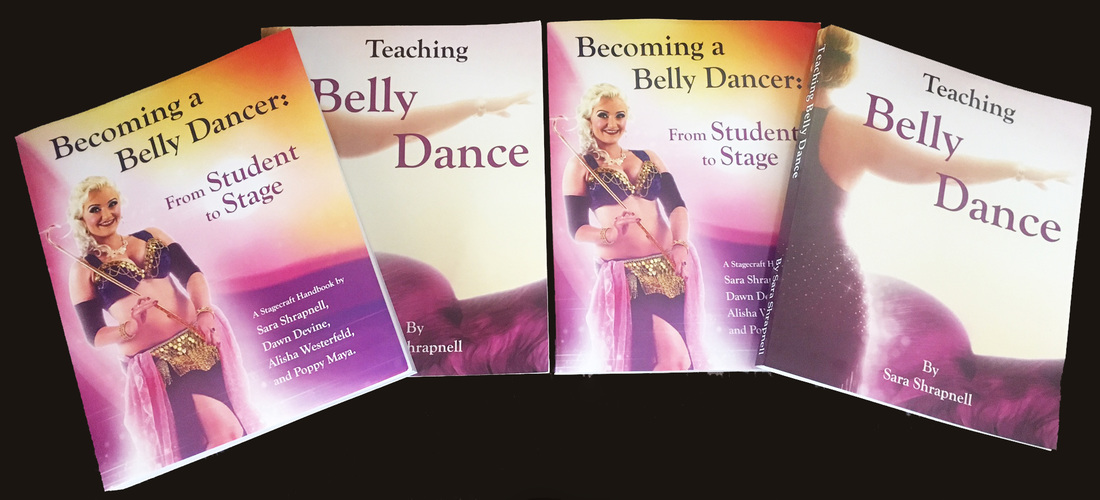
 RSS Feed
RSS Feed